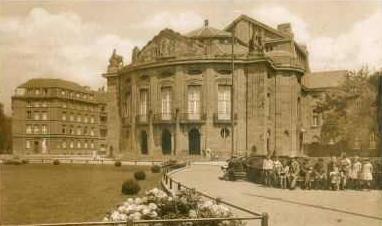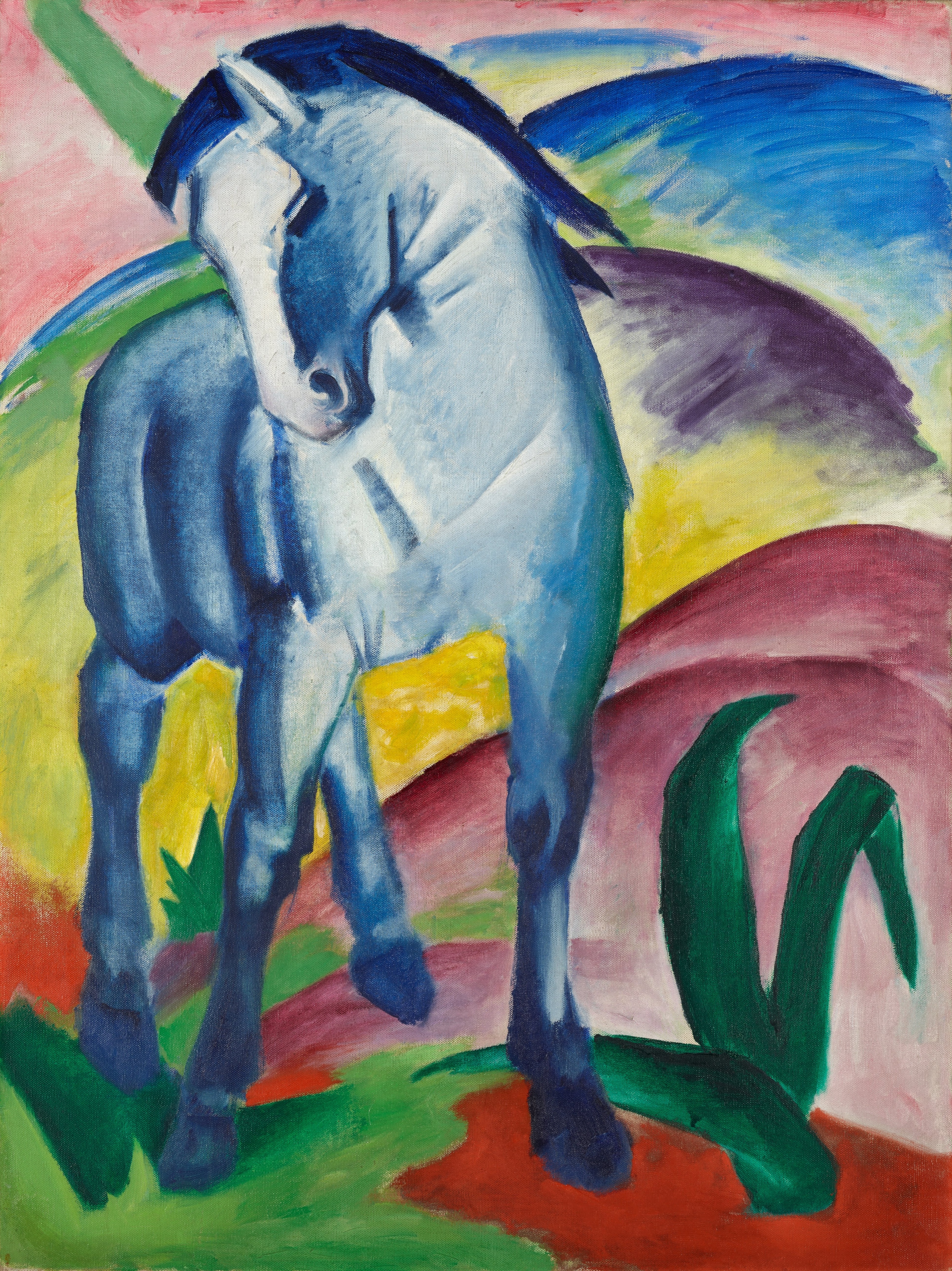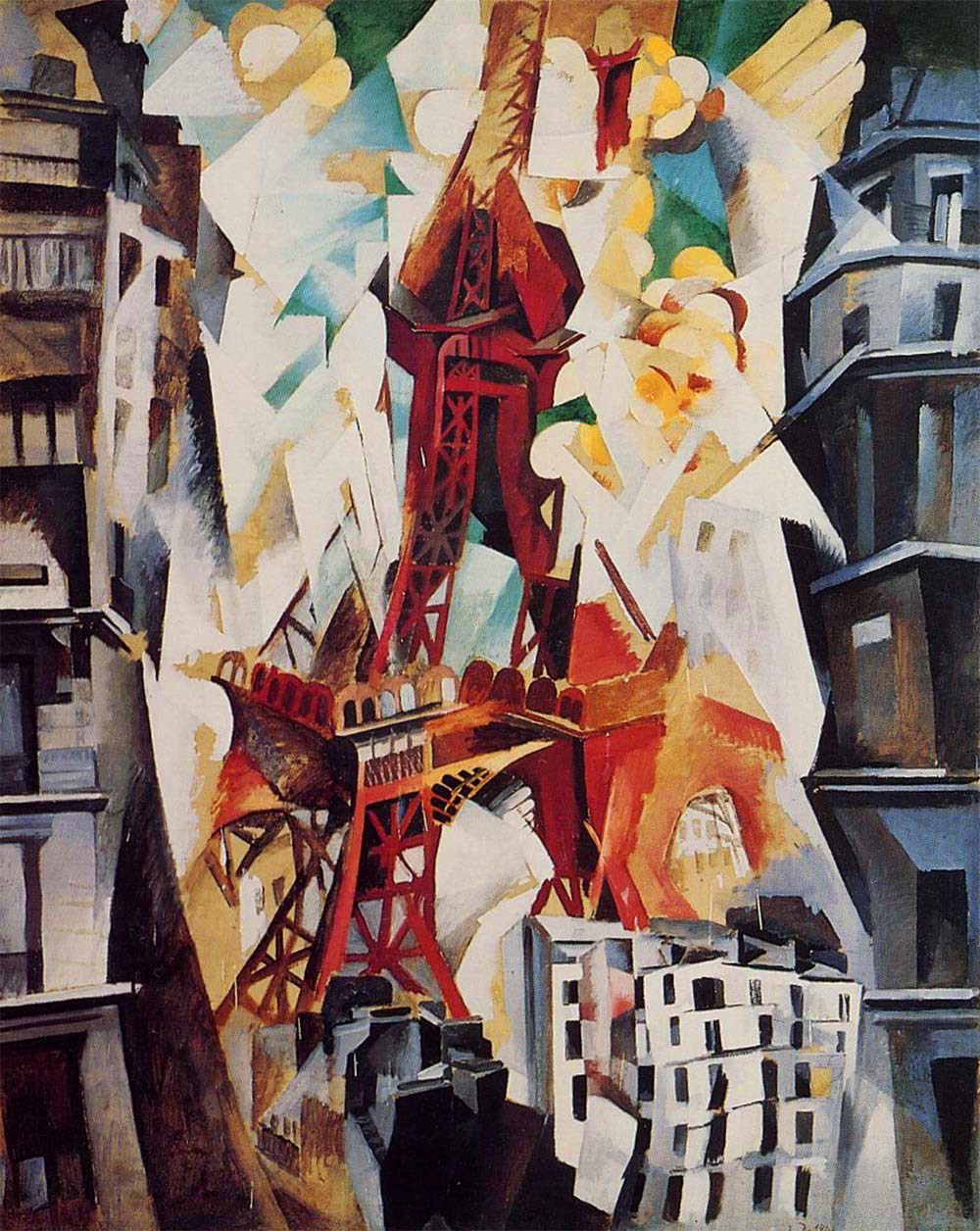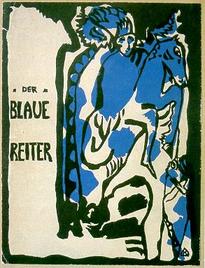|
Gereonsklub
The Gereonsklub was an avant-garde artists' association in Cologne in the years immediately prior to World War I. Its founding members were the artists Olga Oppenheimer, Emmy Worringer, and Franz M. Jansen. Later members included Marta Worringer and August Macke. Named for the Gereonshaus building designed by the architect Carl Moritz, in which Oppenheimer had a studio, it opened in January 1911 and closed in 1913. The Gereonsklub operated as a center for lectures and exhibitions and had a painting school run by Oppenheimer. Emmy Worringer and her brother Wilhelm, an art historian, booked the lectures and organized the exhibitions. In its short history, it exhibited such notable artists as Franz Marc (1911), Paul Klee (1912), Robert Delaunay (1913), and August Macke. In 1912, the Gereonsklub was the first stop for an early touring exhibition of the Blue Rider ''Der Blaue Reiter'' (The Blue Rider) is a designation by Wassily Kandinsky and Franz Marc for their exhibition and ... [...More Info...] [...Related Items...] OR: [Wikipedia] [Google] [Baidu] |
Emmy Worringer
Emmy Worringer (1878–1961) was a German artist and cofounder of the Gereonsklub, an avant-garde artists' association in Cologne in the years immediately preceding World War I. Worringer studied art in Dachau as well as at the Academy in Munich; her fellow students included the expressionist painter Olga Oppenheimer (later her sister-in-law) and the modernist painter Adolf Hölzl. She later shared a studio in Cologne with Oppenheimer, and it was in Cologne that they, along with Franz M. Jansen, cofounded the Gereonsklub, an avant-garde artists’ association, in 1911. Worringer and her brother Wilhelm, an art historian, booked lecture programs and organized exhibitions for the group until it disbanded in 1913. During its short existence, the Gereonsklub exhibited such important artists as Franz Marc, Paul Klee, August Macke, and Robert Delaunay, as well as one of the first exhibitions of the Blue Rider ''Der Blaue Reiter'' (The Blue Rider) is a designation by Wassily Kandi ... [...More Info...] [...Related Items...] OR: [Wikipedia] [Google] [Baidu] |
Wilhelm Worringer
Wilhelm Robert Worringer (13 January 1881 in Aachen – 29 March 1965 in Munich) was a German art historian known for his theories about abstract art and its relation to avant-garde movements such as German Expressionism. Through his influence on the art critic T. E. Hulme, his ideas were influential in the development of early British modernism, especially Vorticism. Biography Worringer studied art history in Freiburg, Berlin, and Munich before moving to Bern, where he got his Ph.D. in 1907. His thesis was published the following year under the title ''Abstraction and Empathy: Essay in the Psychology of Style'' and remains his best-known work. He taught at Bern University from 1909 to 1914. During this period he got to know members of the Blue Rider group, and he worked with his sister Emmy Worringer to arrange lectures and exhibitions at the avant-garde artists' association known as the Gereonsklub. In 1907 he married Marta Schmitz, a friend of Emmy's who later became a well-kn ... [...More Info...] [...Related Items...] OR: [Wikipedia] [Google] [Baidu] |
Olga Oppenheimer
Olga Oppenheimer (9 July 1886 – 4 July 1941) was a German Expressionist artist. Education Oppenheimer trained under Paul Sérusier in Paris in 1909. Thereafter, she trained in private studios in Munich and Dachau. Oppenheimer's father encouraged her pursuit of art and provided her with a studio, which was called the Gereonshaus, in his office building. Career Oppenheimer was a co-founder of the Gereonsklub, an art school and major venue for modern art in Cologne, Germany, in 1911. The Gereonsklub became a center of contemporary avant-garde art in the Rhineland, presenting Der Blaue Reiter, Franz Marc, Paul Klee, Robert Delaunay and others for the first time in Cologne. Oppenheimer's artistic career was brief, spanning the years 1907 to 1916. Only ten of her works survive, five of which are illustrations. Oppenheimer's work was exhibited in the International Sonderbund in Cologne in 1912 along with the work of two other women artists, Marie Laurencin and Paula Modersohn-Becker. ... [...More Info...] [...Related Items...] OR: [Wikipedia] [Google] [Baidu] |
Marta Worringer
Marta Worringer (January 16, 1881 – October 27, 1965) was a German Expressionist artist known for her haunting images of women. Life She was born Marta Maria Emilie Schmitz in Cologne, to attorney Emil Schmitz and Elise (Esser) Schmitz. She later described her childhood as oppressive. She studied art privately in Düsseldorf with Willy Spatz because women were not then allowed to enroll in German art schools. She also studied in the women's wing of the Munich Art Association and later with the artist Cuno Amiet in Switzerland. When she returned to Cologne, she moved into a residential community with the artists Emmy Worringer and Olga Oppenheimer. In 1907, she married Emmy's brother, the art historian Wilhelm Worringer; they had three daughters whose care fell largely to Marta. Marta and Wilhelm moved several times as Wilhelm shifted from one university job to another. They lived successively in Bern (1909–1914), Bonn (1914–1927), Königsberg (1928–44), Berlin (1944� ... [...More Info...] [...Related Items...] OR: [Wikipedia] [Google] [Baidu] |
August Macke
August Robert Ludwig Macke (3 January 1887 – 26 September 1914) was a German Expressionist painter. He was one of the leading members of the German Expressionist group Der Blaue Reiter (The Blue Rider). He lived during a particularly active time for German art: he saw the development of the main German Expressionist movements as well as the arrival of the successive avant-garde movements which were forming in the rest of Europe. As an artist of his time, Macke knew how to integrate into his painting the elements of the avant-garde which most interested him. Like his friend Franz Marc and Otto Soltau, he was one of the young German artists who died in the First World War. Early life August Robert Ludwig Macke was born in Germany on 3 January 1887, in Meschede, Westphalia. He was the only son of August Friedrich Hermann Macke (1845–1904), a building contractor and amateur artist, and his wife, Maria Florentine, née Adolph, (1848–1922), who came from a farming family ... [...More Info...] [...Related Items...] OR: [Wikipedia] [Google] [Baidu] |
Carl Moritz
Carl Moritz (27 April 1863 – 23 August 1944) was a German architect and real-estate entrepreneur. Based in Cologne, he built the Cologne opera house of 1902, and various banks, theatres and churches in Germany. Career Born in Berlin, Moritz studied architecture at the Technische Hochschule Charlottenburg. In 1894 he began his career as an independent architect in Berlin; the same year he took a study trip to England, one year later to Italy. From 1896 to 1898 he was inspector at the municipal building department in Cologne, after which he worked there as a freelance architect. He founded eight architectural firms or companies in Cologne in the 1930s, working closely with the architects Albert Betten and Werner Stahl. In 1934 he retired and settled on Lake Starnberg, where he died in Berg, part of Starnberg. A large part of his work involved bank building; during his career, Moritz designed about 40 banks, mostly for the Barmer Bank Corporation, for whom he worked as a ... [...More Info...] [...Related Items...] OR: [Wikipedia] [Google] [Baidu] |
Franz Marc
Franz Moritz Wilhelm Marc (8 February 1880 – 4 March 1916) was a German painter and printmaker, one of the key figures of German Expressionism. He was a founding member of ''Der Blaue Reiter'' (The Blue Rider), a journal whose name later became synonymous with the circle of artists collaborating in it. His mature works mostly depict animals, and are known for bright colouration. He was drafted to serve in the German Army at the beginning of World War I, and died two years later at the Battle of Verdun. In the 1930s, the Nazis named him a degenerate artist as part of their suppression of modern art. However, most of his work survived World War II, securing his legacy. His work is now exhibited in many eminent galleries and museums. When up for auction, his major paintings attract large sums, with a record of £42,654,500 for ''Die Füchse'' (''The Foxes''). Early life Franz Marc was born in 1880 in Munich, the then capital of the Kingdom of Bavaria. His father, Wilhelm Ma ... [...More Info...] [...Related Items...] OR: [Wikipedia] [Google] [Baidu] |
Paul Klee
Paul Klee (; 18 December 1879 – 29 June 1940) was a Swiss-born German artist. His highly individual style was influenced by movements in art that included expressionism, cubism, and surrealism. Klee was a natural draftsman who experimented with and eventually deeply explored color theory, writing about it extensively; his lectures ''Writings on Form and Design Theory'' (''Schriften zur Form und Gestaltungslehre''), published in English as the ''Paul Klee Notebooks'', are held to be as important for modern art as Leonardo da Vinci's ''A Treatise on Painting'' was for the Renaissance. He and his colleague, Russian painter Wassily Kandinsky, both taught at the Bauhaus school of art, design and architecture in Germany. His works reflect his dry humor and his sometimes childlike perspective, his personal moods and beliefs, and his musicality. Early life and training Paul Klee was born in Münchenbuchsee, Switzerland, as the second child of German music teacher Hans Wilhelm Kle ... [...More Info...] [...Related Items...] OR: [Wikipedia] [Google] [Baidu] |
Robert Delaunay
Robert Delaunay (12 April 1885 – 25 October 1941) was a French artist who, with his wife Sonia Delaunay and others, co-founded the Orphism art movement, noted for its use of strong colours and geometric shapes. His later works were more abstract. His key influence related to bold use of colour and a clear love of experimentation with both depth and tone. Overview Delaunay is most closely identified with Orphism. From 1912 to 1914, he painted nonfigurative paintings based on the optical characteristics of brilliant colors that were so dynamic they would function as the form. His theories are mostly concerned with color and light and influenced many, including Stanton Macdonald-Wright, Morgan Russell, Patrick Henry Bruce, Der Blaue Reiter, August Macke, Franz Marc, Paul Klee, and Lyonel Feininger. Art Critic Guillaume Apollinaire was strongly influenced by Delaunay's theories of color and often quoted from them to explain Orphism, which he had named. Delaunay's fixations w ... [...More Info...] [...Related Items...] OR: [Wikipedia] [Google] [Baidu] |
Blue Rider
''Der Blaue Reiter'' (The Blue Rider) is a designation by Wassily Kandinsky and Franz Marc for their exhibition and publication activities, in which both artists acted as sole editors in the almanac of the same name, first published in mid-May 1912. The editorial team organized two exhibitions in Munich in 1911 and 1912 to demonstrate their art-theoretical ideas based on the works of art exhibited. Travelling exhibitions in German and other European cities followed. The Blue Rider disbanded at the start of World War I in 1914. The artists associated with ''Der Blaue Reiter'' were important pioneers of modern art of the 20th century; they formed a loose network of relationships, but not an art group in the narrower sense like '' Die Brücke'' (The Bridge) in Dresden. The work of the affiliated artists is assigned to German Expressionism. History The forerunner of The Blue Rider was the Neue Künstlervereinigung München (N.K.V.M; New Artists' Association Munich), instigated ... [...More Info...] [...Related Items...] OR: [Wikipedia] [Google] [Baidu] |
.jpg)






